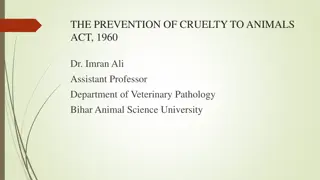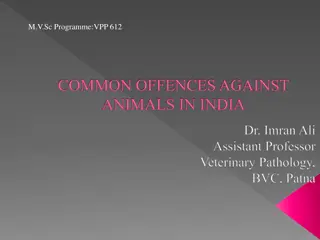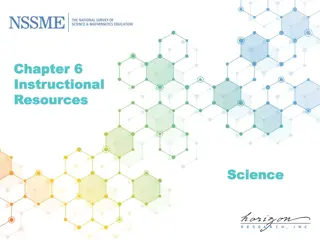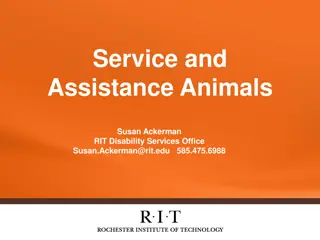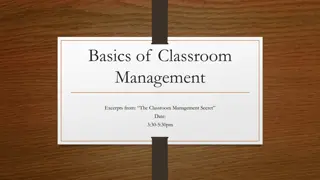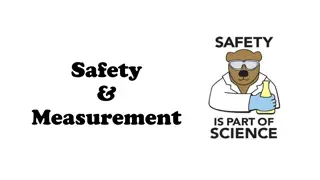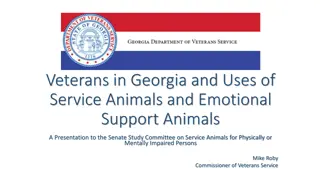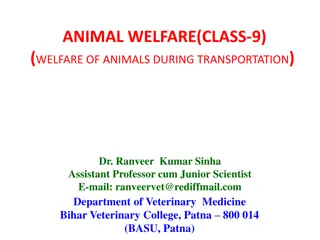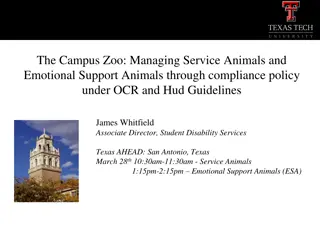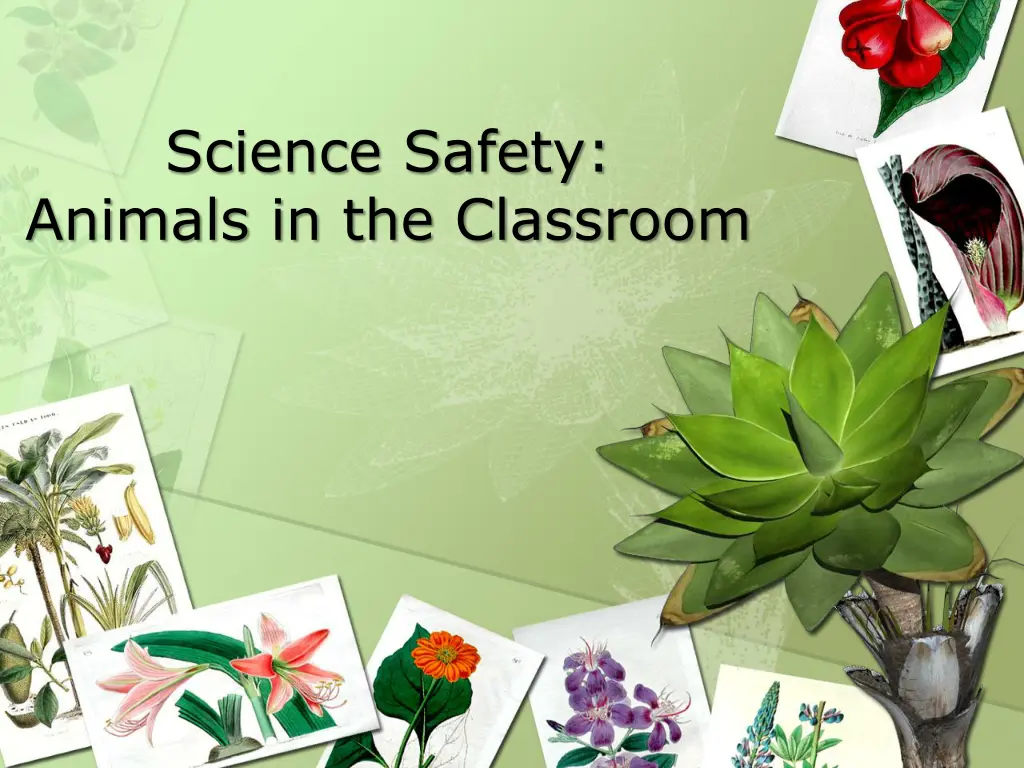
Classroom Animal Care Tips
Discover important precautions for safely incorporating animals into the classroom environment. Learn about proper animal care, handling techniques, and essential guidelines to ensure the well-being of both students and animals.
Download Presentation

Please find below an Image/Link to download the presentation.
The content on the website is provided AS IS for your information and personal use only. It may not be sold, licensed, or shared on other websites without obtaining consent from the author. If you encounter any issues during the download, it is possible that the publisher has removed the file from their server.
You are allowed to download the files provided on this website for personal or commercial use, subject to the condition that they are used lawfully. All files are the property of their respective owners.
The content on the website is provided AS IS for your information and personal use only. It may not be sold, licensed, or shared on other websites without obtaining consent from the author.
E N D
Presentation Transcript
Science Safety: Animals in the Classroom
Key Question What precautions should I take when using animals in the classroom?
Animals Animals can be important to the elementary school classroom Many understandings can be constructed by studying animals Proper care of animals is critical Always check with your building level administration before introducing animals in a classroom
Animal Care The teacher is responsible for ensuring proper care of animals Including proper light, climate control, diet, and sanitation Care must include weekends and holidays Cages must be adequately sized
Animal Care Water bottles should be used for all mammals Waste matter should be wrapped in newspaper, placed in a plastic bag, and deposited in the trash Custodians should be made aware of trash containing animal waste
Animal Care Animals should be minimally and gently handled Non-allergenic gloves should be worn Hands should be washed before and after handling
Animal Care Allow animals to adjust to new environments Safeguard that students do not tease or disturb animals especially when sleeping
Animal Precautions Purchase healthy animals from reliable sources Do not introduce wild animals to the classroom Discourage students from bringing personal pets No poisonous animals
Animal Precautions Inquire about potential student allergies Pick up rabbits, hamsters, mice and lab rats by the scruff of the neck only with a hand under the body for support Do not allow students to insert fingers into a cage
Animal Precautions Report any bites or scratches Do not allow dead animals in the room Have a plan for caring for animals during weekends and holidays Have a plan for caring for animals over the summer
Experiments With Animals Animals used for experiments should be approved by building administration in advance Animals used for experiments are most often invertebrates Only order from reputable suppliers
Experiments with Animals No experimental procedure should cause pain or discomfort Any experiment involving vertebrates should be limited observations Student dissections are not recommended for elementary students
Experiments with Animals Live bacterial and fungal cultures should not be used in elementary science This includes growing of mold If pond water is used, ensure it is not polluted or contaminated Be sure hands are washed after handling pond water
Experiments with Animals Owl pellets should be previously sanitized Check for student allergies to fur and feathers If studying chicken bones, ensure all meat is removed and bones are soaked in a mild bleach solution
Sign School Safety Roster Be sure to understand each of the previous items Sign the Roster attesting your understanding
Reflection Questions How do the topics in this presentation impact your classroom? What is one best practice that relates to this topic that you would share with colleagues or our staff?


